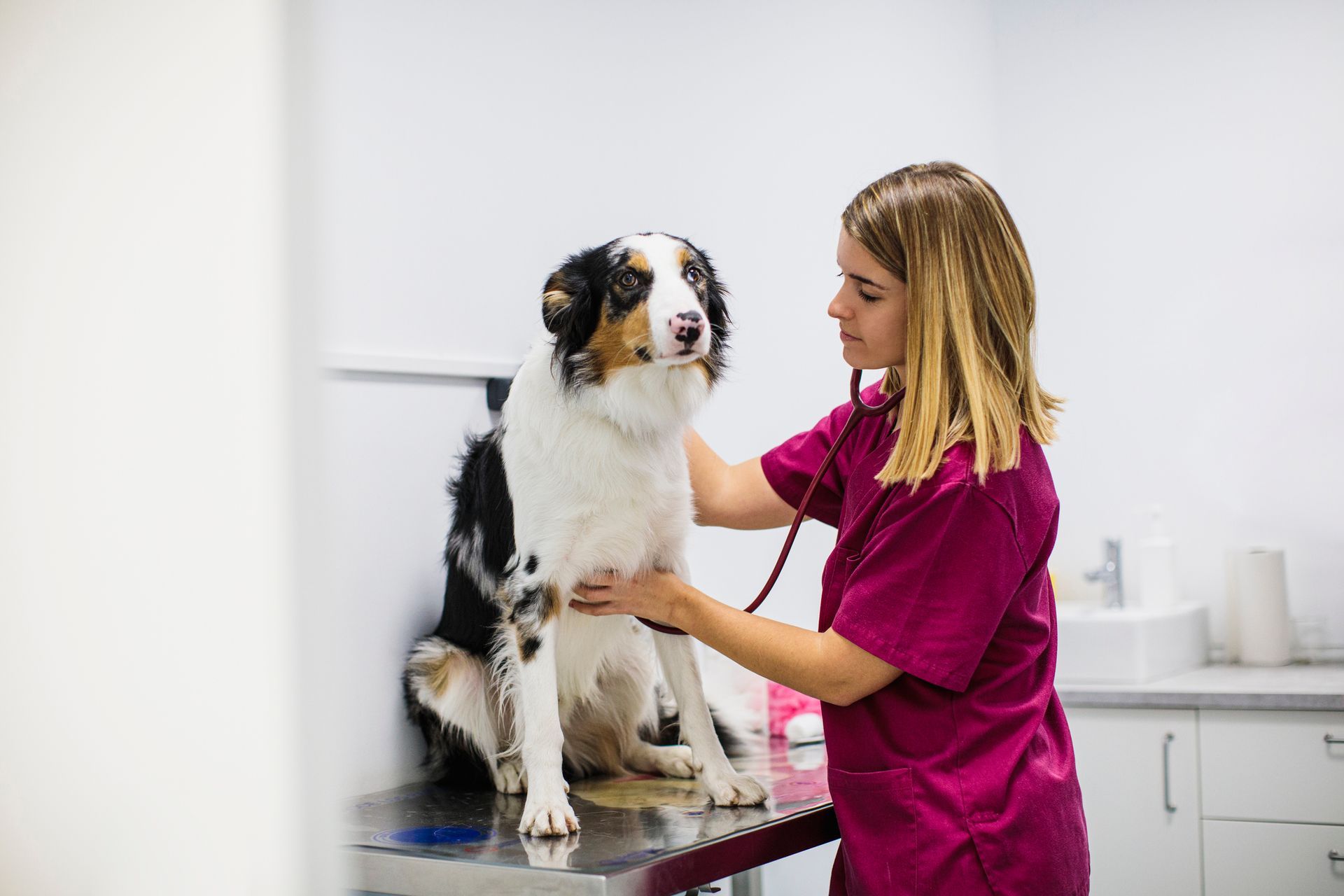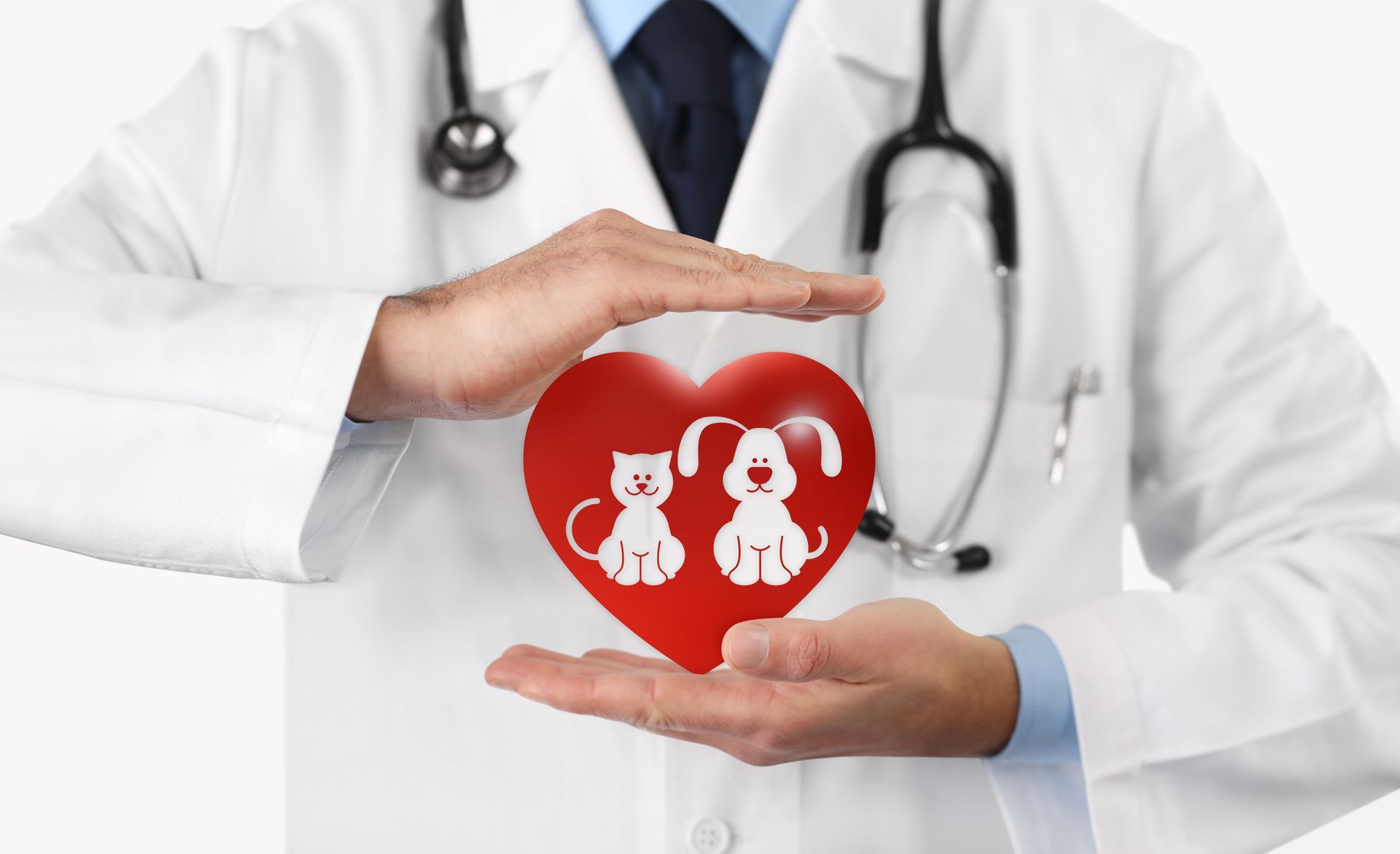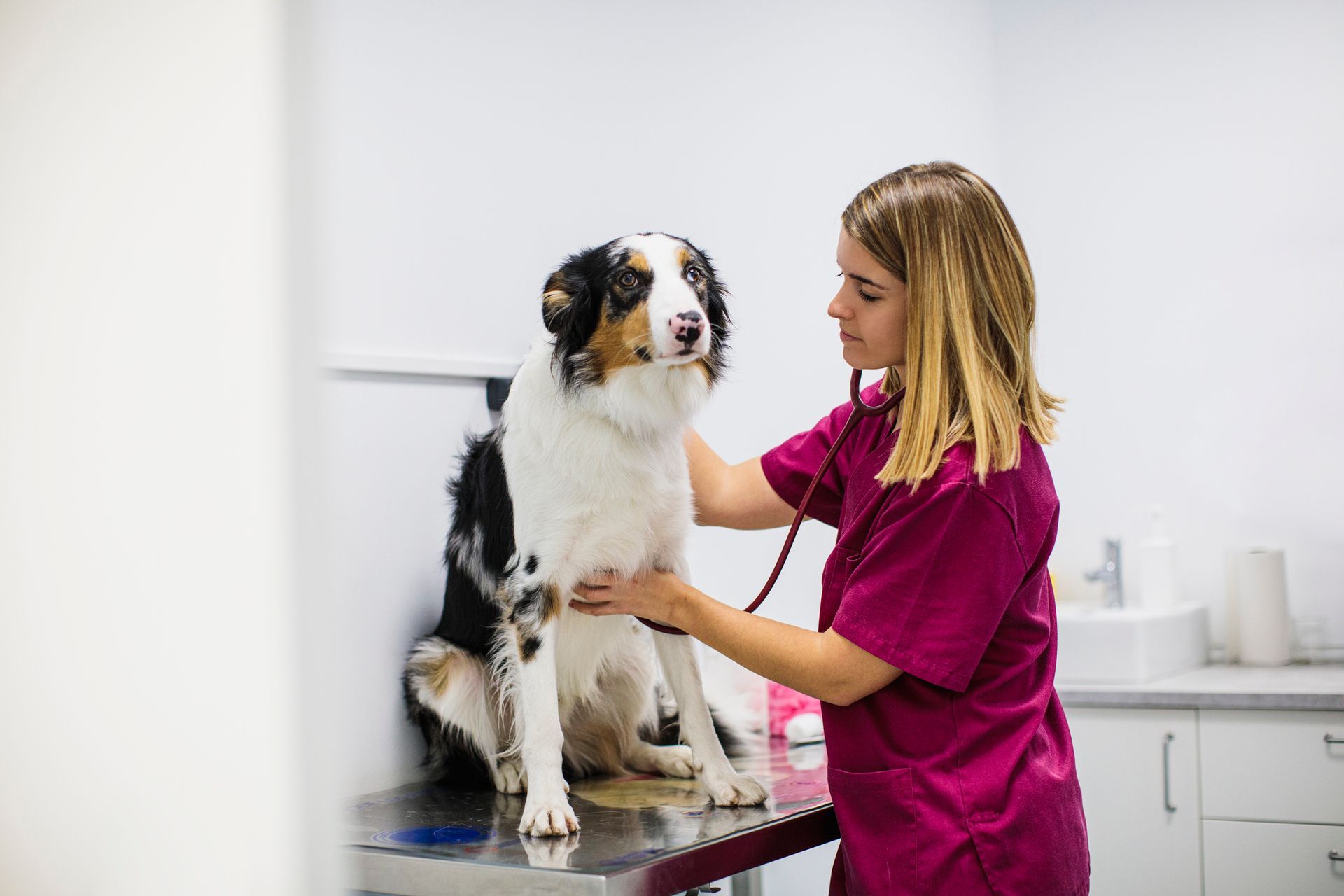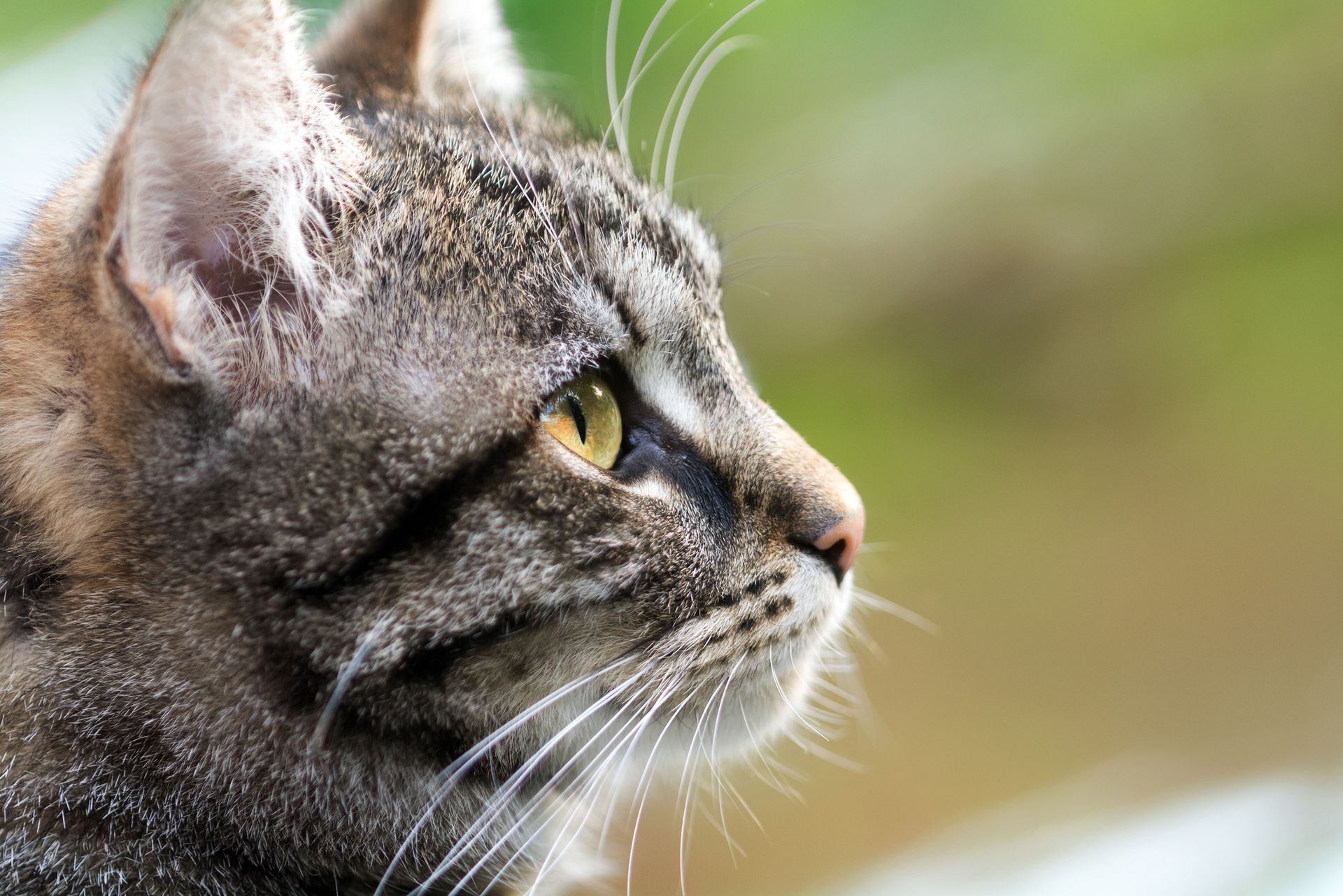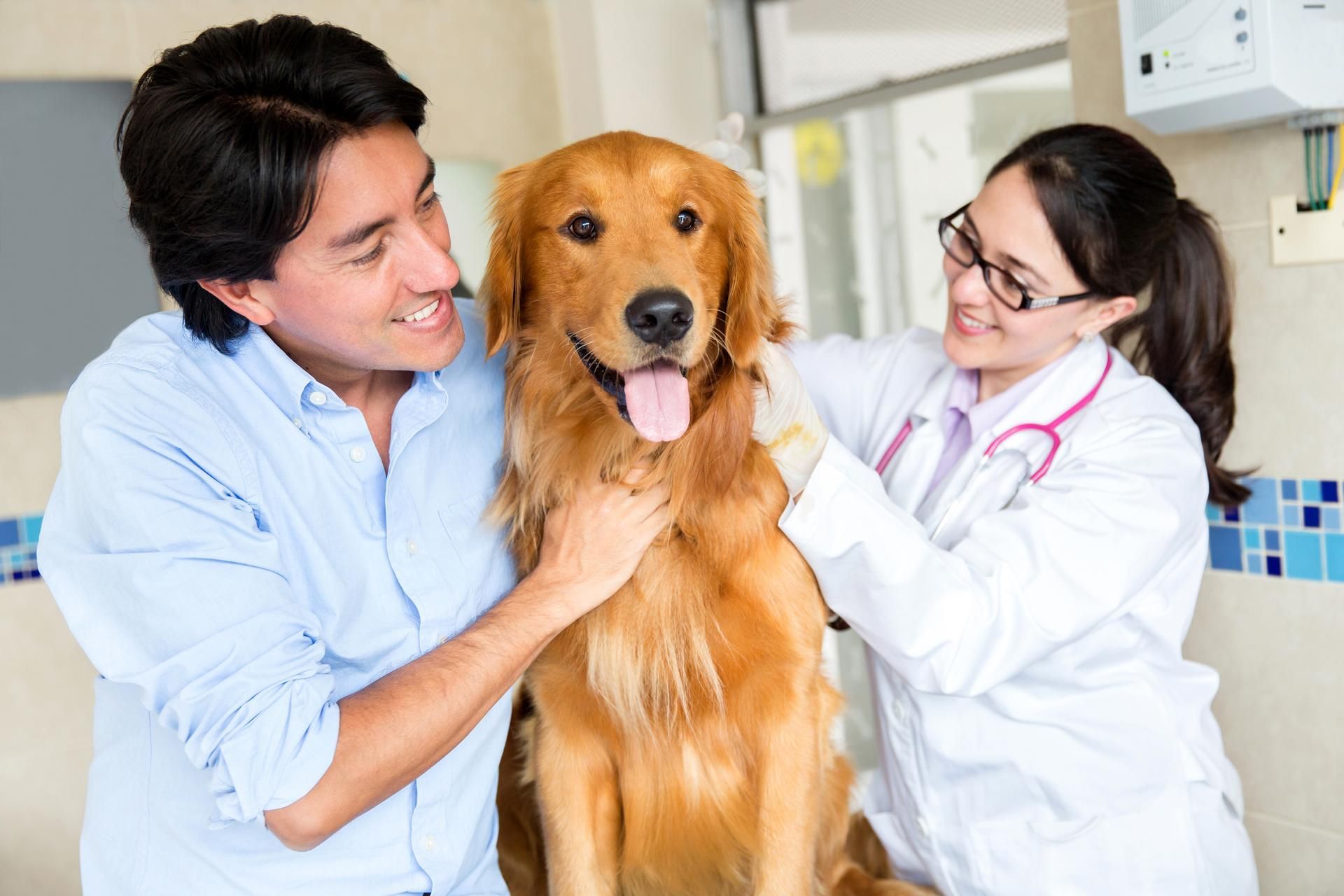5 Eye Injuries in Dogs That Require Emergency Treatment

One of the more sensitive areas on a dog is the eye. With little protection, a dog's eye can easily become injured and damaged. Eye injuries can occur multiple ways. Learn about the injuries that may occur, what to look for, and when to seek emergency treatment from a vet.
1. Cornea Injuries
A dog's vision can become impaired with a scratched cornea injury. A scratched cornea can occur a number of different ways, including outdoor objects like sticks and twigs. Interactions with other animals can lead to a scratched cornea. A cat may claw at a dog's eye or a dog may get a little rough when playing with other dogs.
Another eye issue could also result in a scratched cornea. For example, if your dog has pink eye and tries to itch their eye, then a paw could accidentally scratch the eye and result in an injured cornea.
An injured cornea will include a lot of discomfort for a dog and could result in a canine scratching at their eye even more. The scratch could lead to more serious issues like a corneal ulcer.
A vet can examine eyes and decide on treatment options. Antibiotic drops or more invasive treatment may be needed to help ensure a dog's eye heals properly. If the eye becomes infected, you may notice pus or blood leaking from the edges of the eye. Try to clear away the excess fluid and make an appointment as soon as possible if leakage continues.
If an infection spreads through a dog, then eye health is not the only concern.
2. Orbital Bone Injuries
The orbital bone surrounding your dog's eye is essential for protecting the eye and face of a dog. If your dog falls or runs into an object, then the orbital eye may become injured. A deep bone bruise can cause discomfort. A chip or fracture around the orbital bone may cause a dog extreme pain. A vet can help treat the injury and reduce your dog's pain with medicine.
An injury to an orbital bone can also extend to an eye injury. A broken orbital bone could loosen an eyeball and cause eye damage if it moves out of the socket. When an injury occurs around the eye, the main goal is to prevent a dog from causing more damage. Keep the dog under control and go to a vet as soon as possible.
Treatment options will help heal the bone and prevent any further injury for the dog. Medical accessories like a cone will help prevent a dog from having direct contact with the bone while it heals.
3. Eye Leaks
A dog's eyes will naturally tear up and may look moist, but you know your dog well enough to notice when the eye has leaked too much. Excessive tears or pus could be the sign of an eye injury or problem. In some of the more extreme cases, the eye may not leak in the typical tear ducts, but leaks could appear on the inside of the cornea.
If you notice that blood has pooled up on the inside of your dog's eye, the condition is known as hyphema. Hyphema can occur from blunt trauma to a dog's face and needs treatment as soon as possible to help protect a dog's vision. In mild cases, the blood may go away, but in other cases, a vet may recommend more intensive procedures.
4. Eyelid Injuries
When a dog senses danger near the eye, one of the natural instincts is to close the eye. While the eyelid may protect the actual eye from injury, your dog could still suffer from eyelid injuries. An eyelid injury may include cuts or swelling. Swelling of the eyelid could prevent a dog from properly shutting their eye.
A cut in the eyelid could lead to pain for a dog and result in excessive scratching of the eyelid. A vet can prescribe ointments and medicine to help reduce pain and heal the eyelid faster. In some cases, a swollen eyelid could lead to dry eyes for a dog. A vet will look at the chain reaction and help treat the dog before worse problems occur.
5. Foreign Object Injuries
For many eye injuries, a dog makes contact with an object and then injury appears. In rare cases, a foreign object may become lodged into the eye area. Objects could include thorns, sticks, or even a household object like a fork. Despite the discomfort, you should not attempt to pull out the object yourself. If you do, you could cause the injury to get worse.
Allow a vet to treat the eye and prevent major problems. In some cases, minor surgery may be needed to remove the object so the eye heals properly.
Contact us at South Seattle Veterinary Hospital for any emergency needs. We will take your pet immediately and can help your dog heal and repair any damage done to their eyes.




